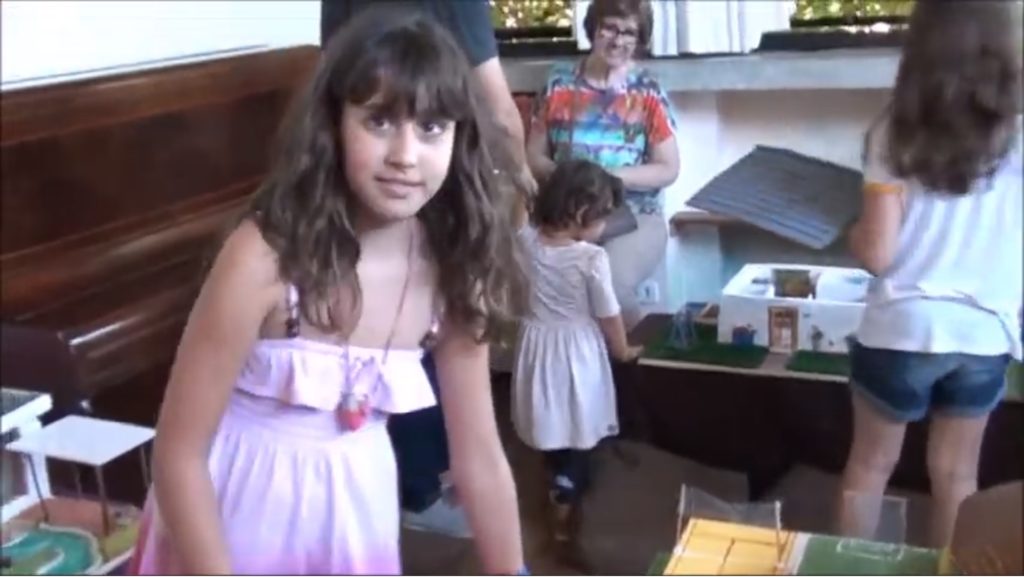In Waldorf schools, great importance is given to working with the hands, especially in kindergarten and in the first years of elementary school. Finger skill, according to Karl-Reinhard Kummer, creates agile thinking. “School-age children exercise until they can skillfully perform any manual activity. An external activity always presupposes an intimate spiritual activity. The more painstaking this activity, the more subtle the thought”1.
Children (boys and girls) in the 1st year learn sling and knitting, in the 2nd year they learn crochet, in the 3rd year they learn the most difficult knitting. In addition to the relationship with mathematics, due to the need to count and calculate the points, it is an intense exercise of the will. The application of handicrafts evolves throughout the school period, going through basketry, tapestry, wood carving, carpentry, clay modeling, sculpture, leatherwork, cutting-and-sewing, etc.
- 1. MCALICE, Jon and GÖBEL, Nana, et al (Coord.) – Karl-Reinhard Kummer. Waldorf Pedagogy – UNESCO, 1994, p. 28.
Featured image: models of 3rd year students at Escola Municipal Araucária.
See below photos with some examples of manual work done by students during the Dom da Palavra project, in Espírito Santo do Turvo, and some from the Waldorf Micael School in São Paulo.



